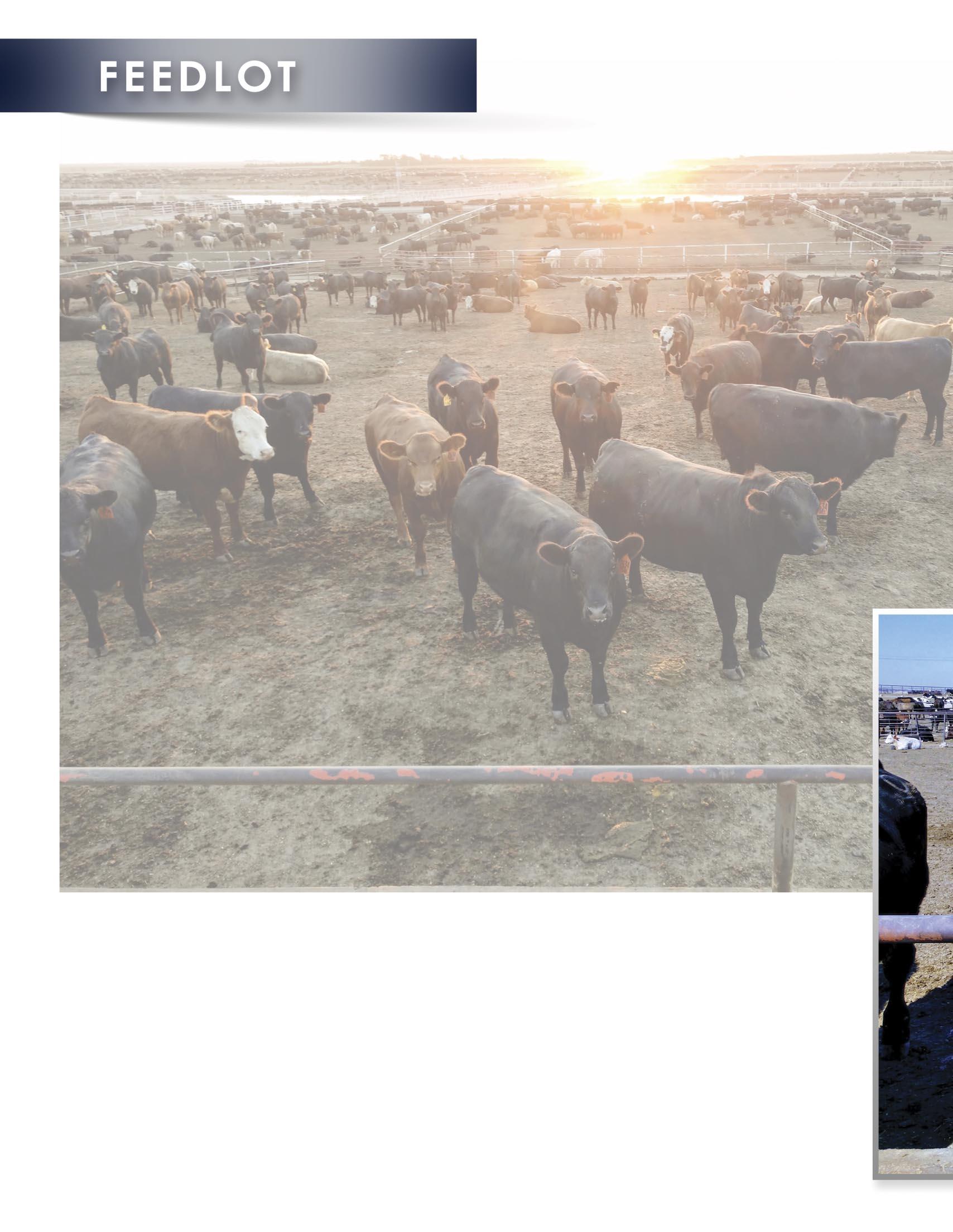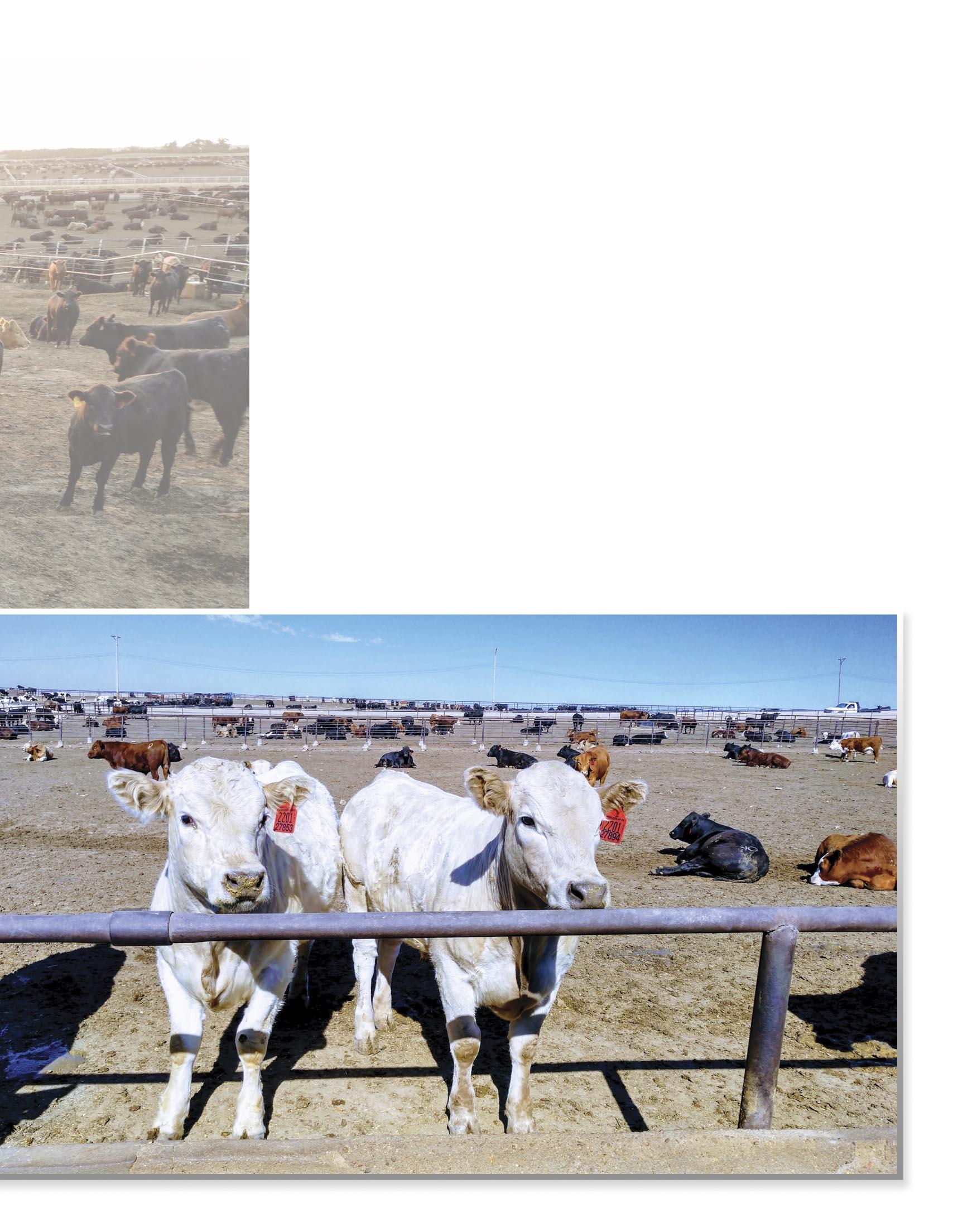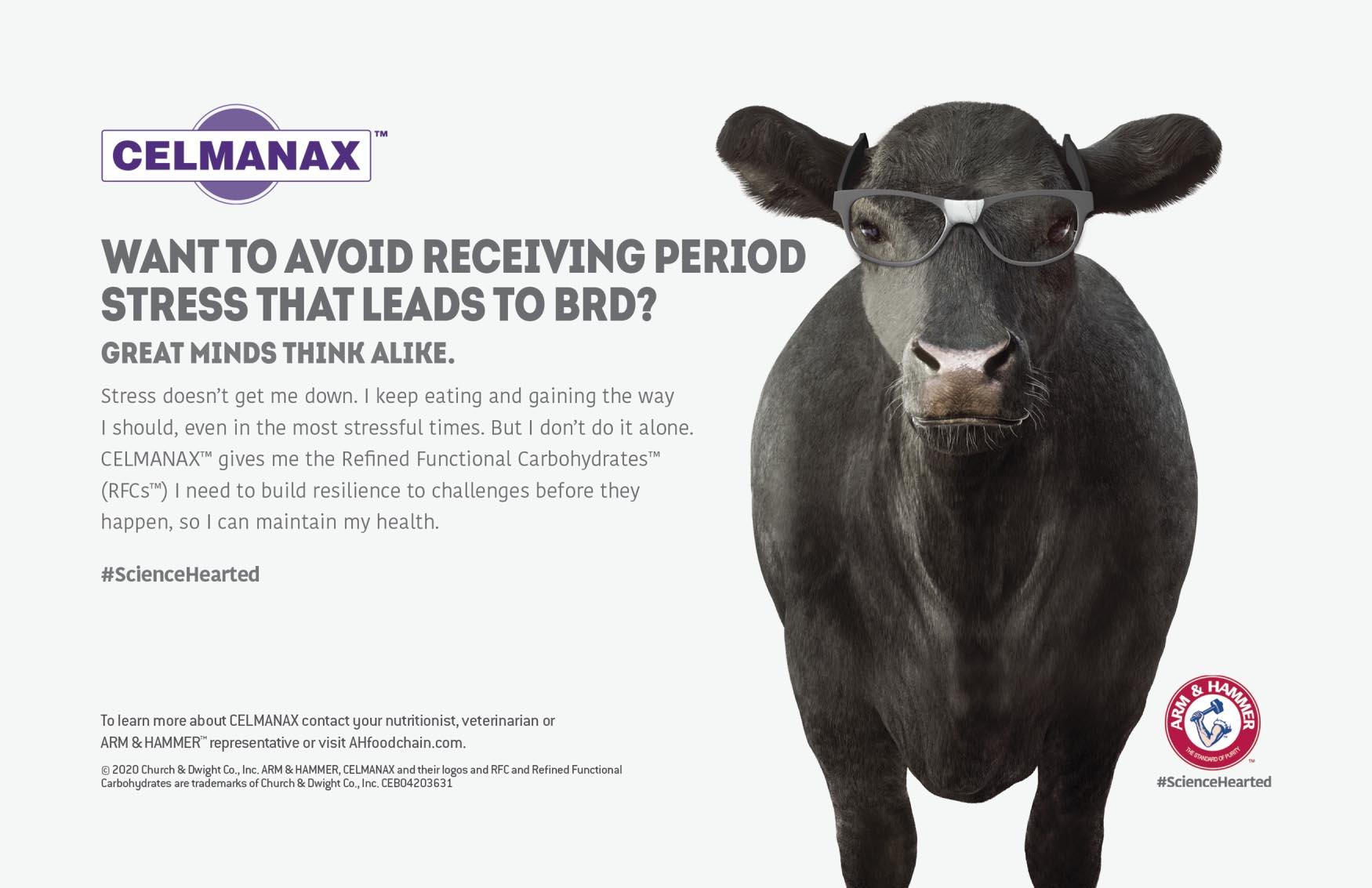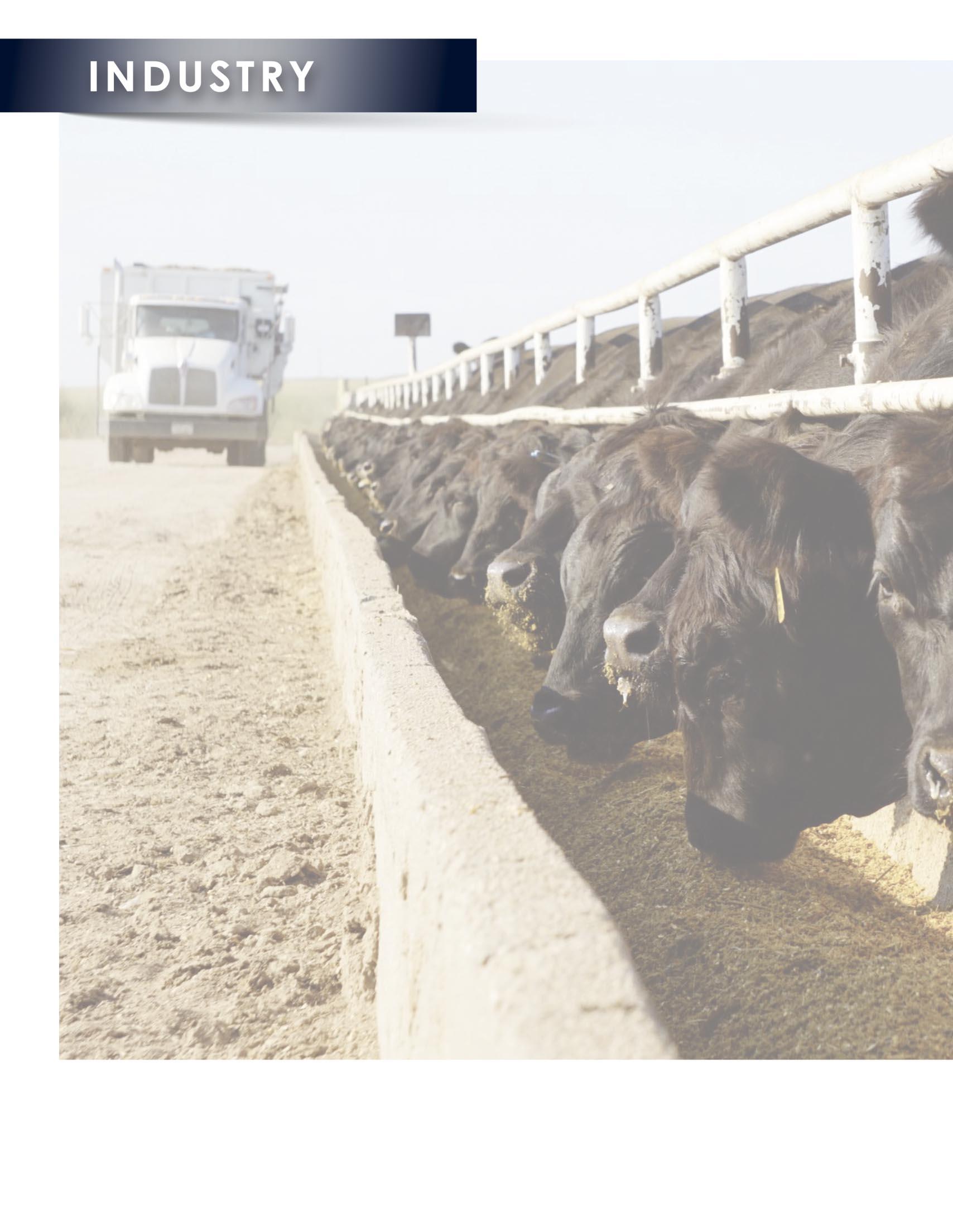
4 minute read
How Do We Make Sunshine on a Cloudy Day?
By Dr. Wade Taylor, Production Animal Consultation
As the world works to address the COVID-19 pandemic, public health discussions and news cover age have focused on biosecurity, herd immunity, disease development and epidemiol ogy. These conversations have prompted me and other PAC members to review and correlate the daily procedures and protocols utilized in production agriculture with the steps taken by health organizations around the globe.

Common sense sanitation principles have been at the forefront of human health guidelines. Washing your hands, coughing into your elbow and disinfecting surfaces can all help limit exposure to the virus. How does this translate to feedlot operations? We can increase cleanliness in processing and treatment areas by disinfecting on a daily basis, paying special attention to work surfaces, chutes and alleys. We also need to keep ourselves clean as we work.
Additionally, leaders issued stay-at-home and selfquarantine orders to limit movement and to help decrease the potential for disease formation within a population. One way the coronavirus spread was through individuals who were infected while traveling and then returned home. Once the virus was introduced, it could be spread within the community. We face similar concerns when we place new shipments in the feedlot. New arrivals, particularly those that are high risk, may introduce pathogens to the established feedlot population. Once the pathogen is introduced to the operation, it can spread as more cattle are exposed to infected animals. This is of more concern with viral pathogens than bacterial pathogens since viral pathogens are more contagious than bacterial pathogens.
The symptoms associated with COVID-19 have been widely circulated to help people determine if they have the disease. However, some individuals have been infected but asymptomatic. Similarly, we often have infective livestock that do not present as diseased. Caregivers observe cattle every day to determine if they are eating, drinking and satisfied with their environment. These observations help caregivers detect cattle that are diseased or need support as they fight off the challenge with their own immune system.
The ability of infected individuals to respond to COVID-19 is heavily influenced by co-morbidities. Underlying or pre-existing conditions affecting the heart, lungs, kidneys and immune system severely affect patient outcomes. In cattle, we do not always understand all of the challenges an animal is facing. Heart, kidney and liver problems, hindgut microbiome changes, parasites and coccidia can have additive effects and influence the outcome of respiratory infections. We are especially concerned with the effects of co-morbidities in late DOF populations.
The human medical community has been greatly concerned with the ability of the infrastructure to handle an influx of critical patients in a short period of time. Proper treatment of sick individuals requires adequate resources including beds, equipment and medical professionals. In many feedlots, the sick pen area is not able to handle high numbers of sick cattle at once. Cattle in hospital pens need to be able to rest comfortably, have water and feed available at all times and not be overwhelmed with other cattle.
From the beginning of the COVID-19 outbreak, the medical community has worked to flatten the curve. By spreading infections out over a longer time, they are more able to respond to all individuals as needed without facing a shortage of beds, equipment or personnel. Flattening the curve also allows time to build herd immunity as the part of the population that can respond to infection well builds protection without requiring infrastructure. In animal agriculture, we use a variety of methods to flatten the curve and increase herd immunity, such as initial vaccination, revaccination, metaphylaxis, acclimation and nutrition. We can also review our purchasing decisions, including the number and risk of animals coming into the system in a particular period, and adjust them to better match our system and workforce.
Even as medical professionals battle pandemics like COVID-19, they have to handle the usual emergencies and provide the routine procedures and exams necessary to maintain overall health in the population. How would you like to have a heart attack in the middle of a COVID-19 hot zone like New York City? In the same way, we must keep providing quality attention and care to the entire feedlot population. We are better equipped to do so when we avoid exceeding the capacity of our facilities, sick pen areas and caregivers.
An additional factor cattle producers must consider is economics. In confined feeding operations, economics drive many decisions. Management and caregivers work every day to balance biosecurity and health concerns with the economics. Let’s keep working together to develop new strategies to improve biosecurity while maintaining the economic viability of our operations.
Apply These 5 Biosecurity Tips Everywhere
Dr. Nels Lindberg and Dr. Corbin Stevens, Production Animal Consultation
The basics of biosecurity protocols are remarkably similar for both people and cattle. You may have heard about “doing the 5” — the World Health Organization’s (WHO) five tips for preventing the spread of the virus that causes COVID-19. These tips may be familiar to experienced livestock producers, who have been applying biosecurity tips to prevent disease and production losses for years.
Here’s how we can all “do the 5” every day at home and in our cattle herds.
Humans
1. Wash hands.
2. Cough into your elbow.
3. Don’t touch your face.
4. Stay 3 to 6 feet apart.
5. Stay home if sick.
Cattle
1. Maintain high levels of sanitation in all facilities.
2. Utilize timely processing and revaccination and adequate metaphylaxis to help stop virus and bacteria shedding.
3. Acclimate all new cattle, and exercise new cattle, problem pens and transition pens.
4. Reduce high pen populations and crowding new cattle in receiving pens to reduce pathogen spread.
5. Keep cattle out of the hospital, and don’t move cattle, change feed or add on to pens if experiencing elevated morbidity (pulls) in a pen.


Grant Bledsoe owns and operates Bledsoe Cattle Company with his father and their families











